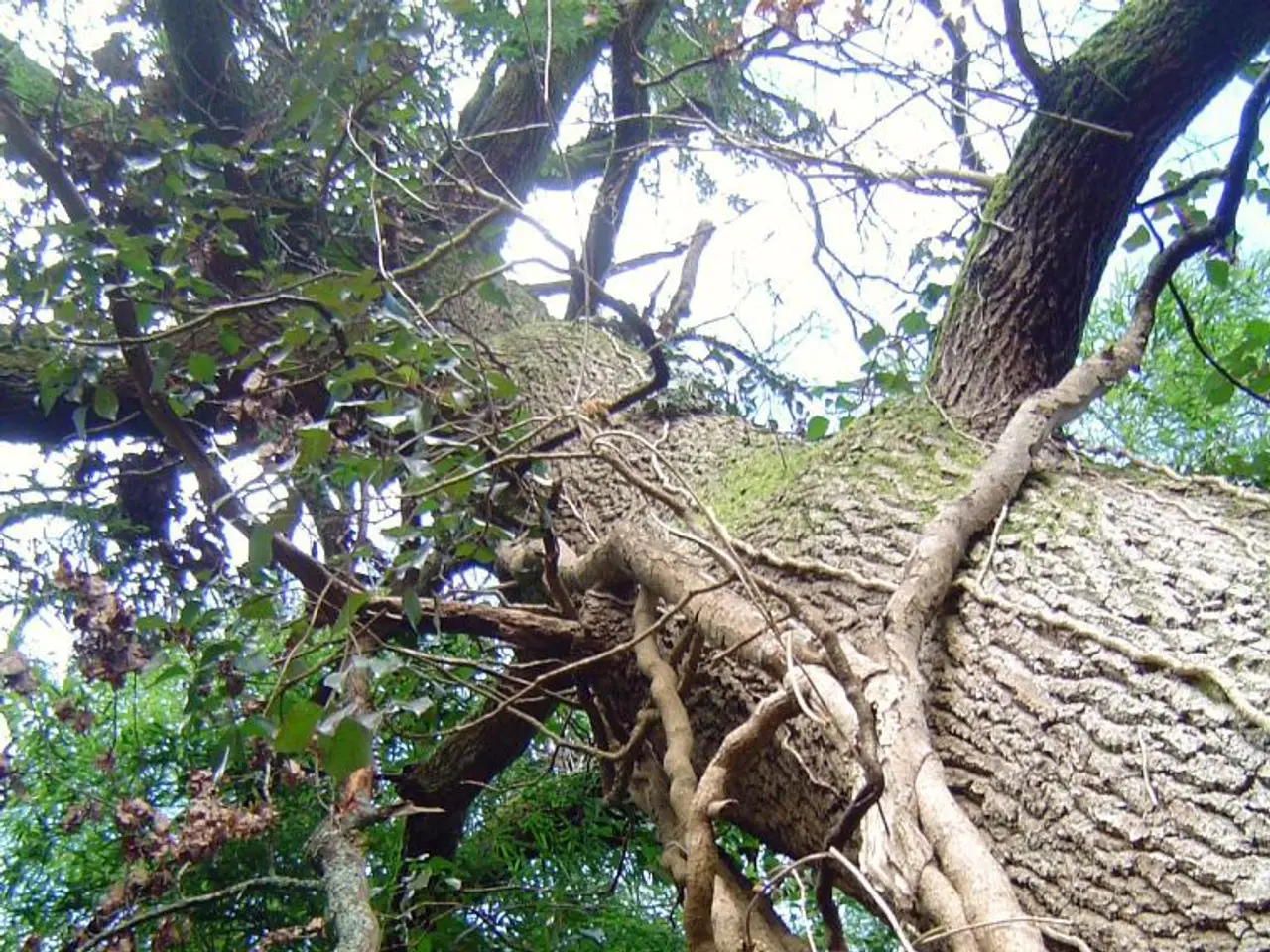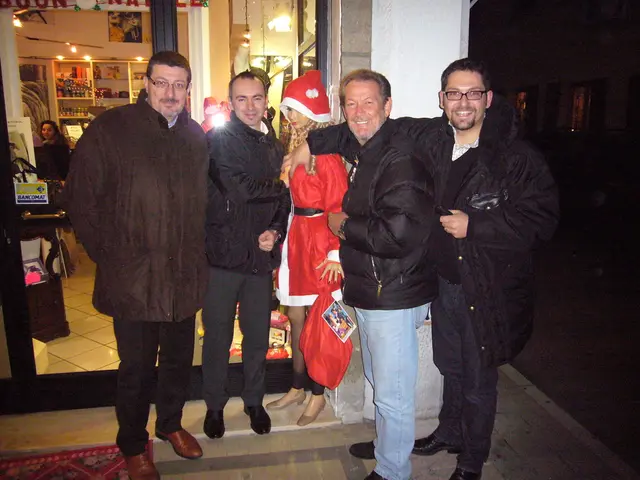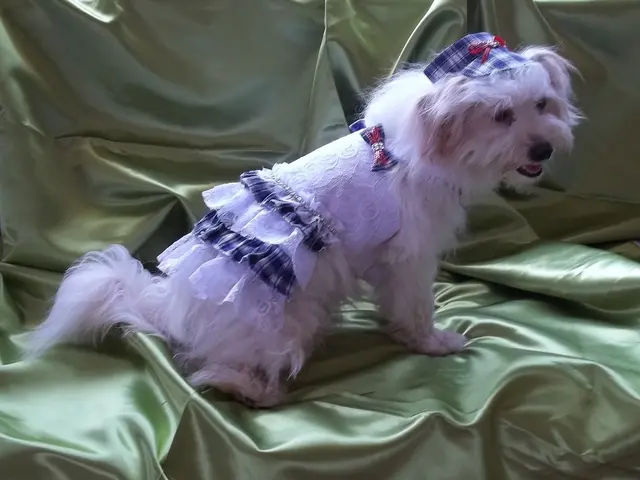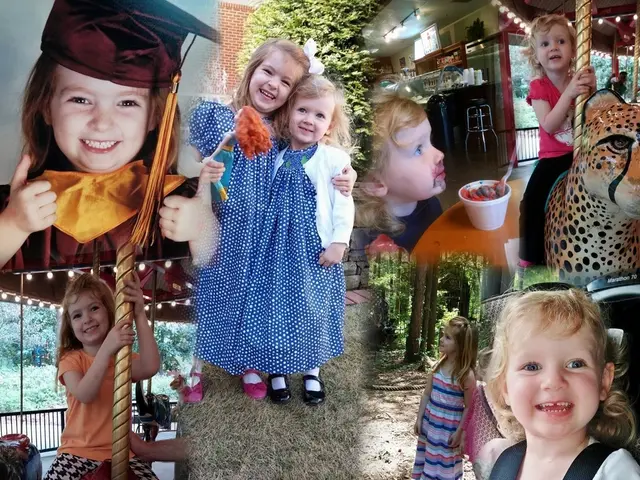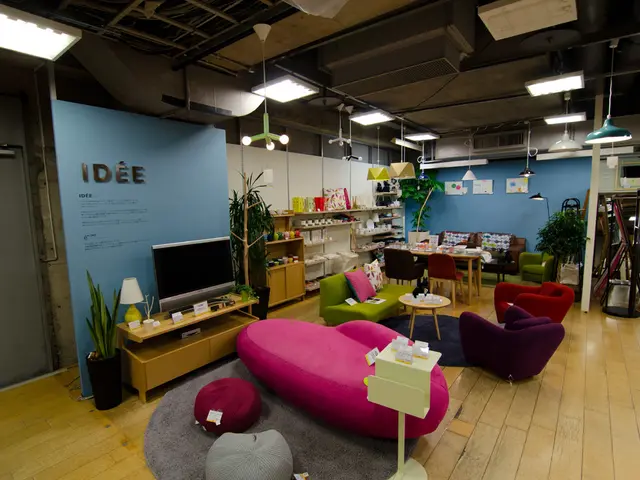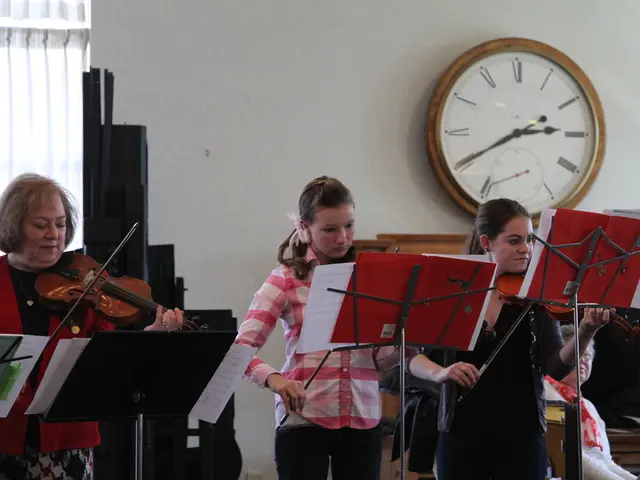Enhance Your Property's Exterior Attraction with These Top 5 Front Yard Tree Options
When it comes to enhancing the curb appeal of your home, selecting the right tree for your front yard can make all the difference. Here are some factors to consider when choosing the best tree for your space.
Climate and Hardiness Zone
Select a tree that is suited to your local climate and USDA hardiness zone to ensure it thrives year-round. For example, drought-tolerant species like the bur oak are ideal for colder northern regions, while palo verde suits hot southwestern zones.
Soil Type and Drainage
Consider soil conditions such as moisture level, acidity, and drainage. Some trees require well-drained, slightly acidic soil (e.g., crape myrtle), while others tolerate average moisture or poorer soil.
Tree Size and Growth Rate
Choose trees that match your available space; fast-growing shade trees like red maple or Nuttall oak can provide quick canopy coverage but require enough root and crown room. Small trees like Eastern Redbud or Amur Maackia suit limited spaces and urban yards.
Sunlight Requirements
Determine whether the location gets full sun, partial shade, or shade, and select a tree accordingly. Some trees tolerate full sun to partial shade, while others are better for shady spots.
Aesthetic Appeal
Consider ornamental features such as flowers, foliage color, and bark texture. Trees like crape myrtle offer seasonal interest with colorful blooms and bark, while American hornbeam provides striking fall foliage and decorative bark in winter.
Maintenance Needs and Resilience
Select low-maintenance trees suited to your environment—native species often require less care and resist local pests. Trees tolerant of urban stresses like wind, pollution, or drought are preferable for front yards.
Purpose
Define what you want—shade, privacy, windbreak, or decorative focal point. For example, dense evergreen trees provide year-round privacy, while deciduous trees may offer seasonal shade and visual interest.
Space and Root Behavior
Avoid trees with aggressive root systems near sidewalks or foundations. Nuttall oak, for example, has non-invasive roots and is thus good for front yards.
Variety of Options
Hundreds of cultivars of flowering dogwood tree are available to choose from, each with different sizes and characteristics. The flowering dogwood tree offers ornamental value with its spectacular white flowers, fiery fall leaves, and red berry-like fruit that persist into winter. Most flowering dogwood trees thrive in USDA zones 5 - 9 and prefer shade.
Recommended Trees
- Ginkgo trees are recognized by their unique, fan-shaped leaves that turn a striking bright gold color in the fall. Male gingko trees are recommended to avoid the smelly ginkgo fruit the females bear. Ginkgo trees grow slowly to between 35 and 50 feet tall in USDA zones 4 - 9.
- Quaking Aspen (Populus tremuloides) is a native tree that thrives in cooler climates, down to USDA zone 1. It is a fast-growing tree, reaching between 20 and 50 feet tall, and is known for its leaves that tremble with every breeze. It offers a spectacular sight in autumn with leaves turning brilliant yellow.
- Flowering Crabapple (Malus spp.) is a popular tree for front lawns due to its compact size, easy care, and fragrant spring blossoms. It typically grows up to 20 feet tall and wide, with green or maroon leaves and pink or white flowers. It is hardy in USDA zones 4-8 and requires full sun.
- "Pendula" is a male-only cultivar of Ginkgo tree that tops out at 8 feet tall.
- Japanese Maple (Acer palmatum) is a tree known for its exceptional leaves and is one of the best trees for front lawns. It comes in various sizes, from 3 feet to 24 feet tall, with growth patterns ranging from mounding to upright to weeping. Most have delicately lobed leaves that turn brilliant shades in autumn. It is hardy in USDA zones 5-9.
In summary, the best front yard tree balances suitability to local climate and soil, size appropriate for the yard, aesthetic preferences, maintenance demands, and the functional needs of your space. By considering these factors, you can select a tree that will not only beautify your front yard but also thrive for years to come.
Gardening your home-and-garden, specifically the front yard, can include selecting a tree that not only enhances the lifestyle but also has a long-term impact on the overall appeal. For instance, by opting for a flowering crabapple tree, one can enjoy its compact size, easy care, and fragrant blossoms, providing a perfect fit for a front yard.
